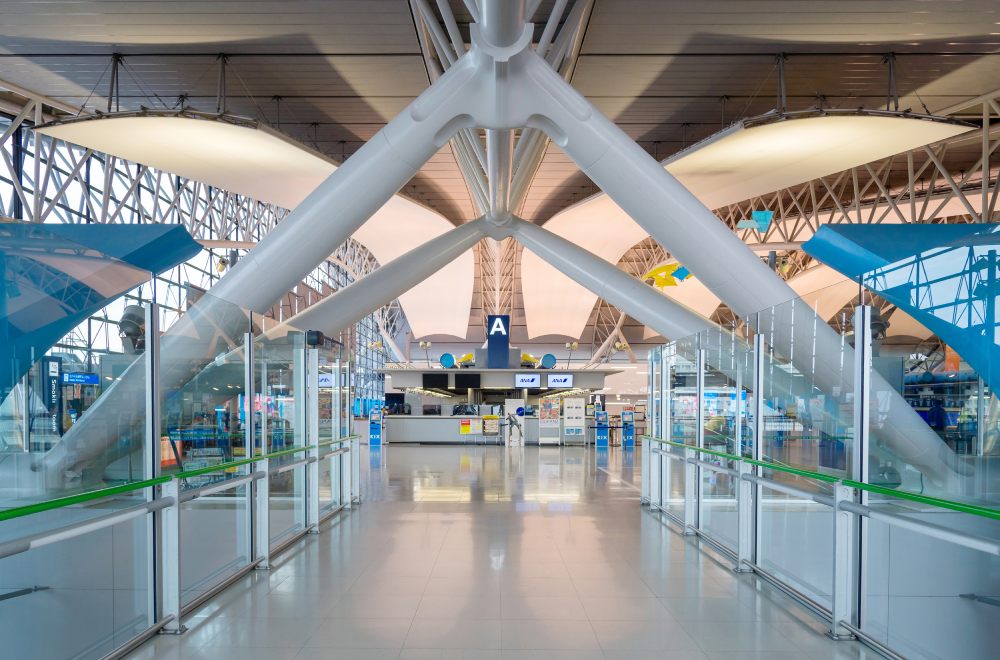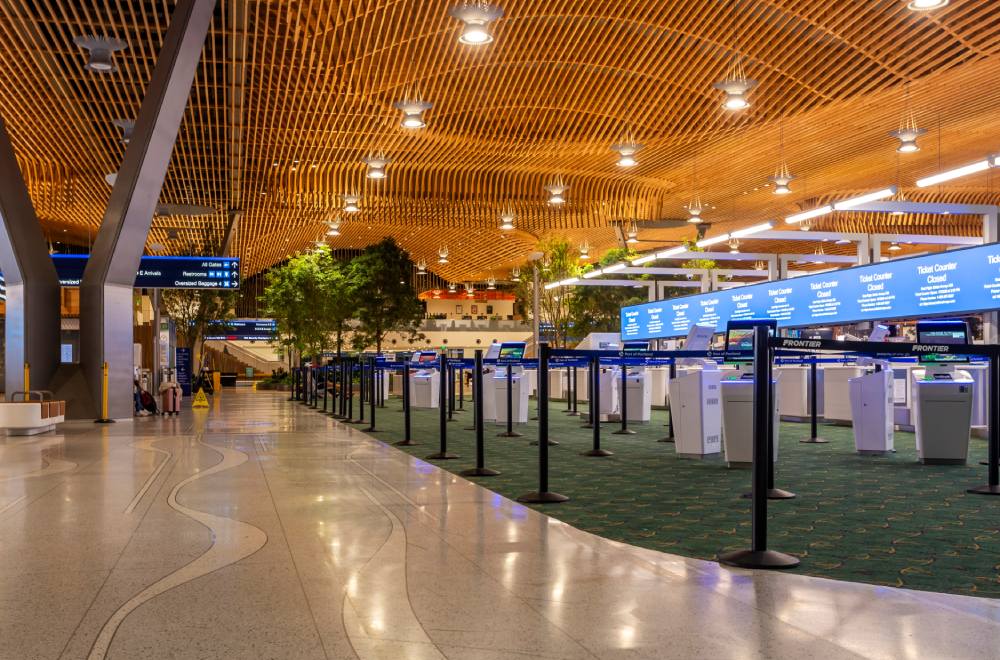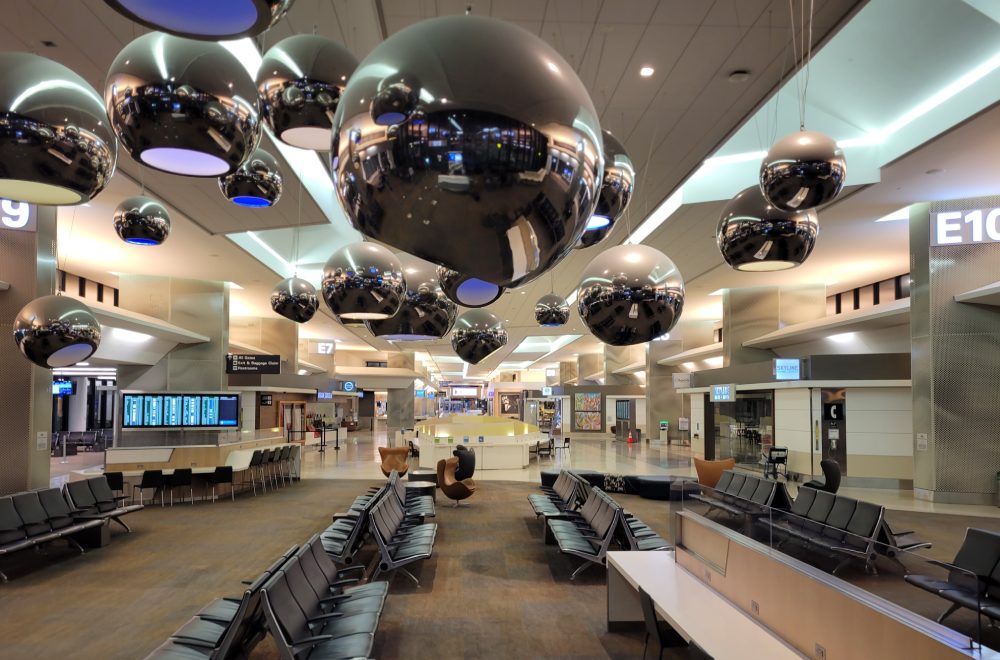The World’s Most Beautiful Airport Terminals

Airports are often described as the gateways to nations, the very first impression travelers receive when arriving in a new country. For decades, though, most airport terminals were purely utilitarian — functional boxes that moved passengers from curbside to plane with little thought for design or beauty.
That has changed dramatically. Around the world, architects and airport authorities have begun to see terminals as landmarks of culture, sustainability, and national pride. Today’s most beautiful terminals are more than just waiting areas; they are works of art that blend functionality, innovation, and a sense of place.
From the glassy megastructures of Asia to the nature-inspired halls of North America, 2025 has given us a collection of terminals that inspire awe before the journey even begins.
Here’s a closer look at the world’s most beautiful airport terminals — each a destination in its own right.
When Terminal 2 of Yantai Penglai International opened in 2023, it immediately drew attention as one of China’s most forward-thinking aviation projects. Spanning 167,000 square meters, it was designed by Aedas Architects with the idea of “openness and interconnectedness.”
The E-shaped structure is more than aesthetic — it ensures that the terminal receives ample natural light while minimizing the impact on the existing terrain. Inside, travelers pass through a soaring multi-level atrium, which also houses a direct railway station — an innovation that makes transfers seamless and reduces reliance on cars.
Operational flexibility was key: the boarding gates can be switched between domestic and international flights in real time, offering efficiency without sacrificing beauty. With its sweeping glass lines and locally inspired rooftop design, Terminal 2 captures both the modern spirit of China and the rugged character of Yantai’s coastal landscapes.
Airports are often criticized for their carbon footprint, but Marseille’s new 22,000-square-meter extension to Terminal 1 proves that expansion can also mean sustainability. Completed in 2024, the structure is built with 70% recycled steel and topped with a timber canopy that welcomes passengers under warm natural tones.
The design evokes the historic boat houses of Marseille’s Old Port, creating an immediate cultural connection. Skylights framed in polished aluminum allow natural ventilation and daylight to pour into the hall, significantly reducing reliance on artificial lighting and air conditioning.
Beyond its environmental credentials, the extension is practical. It eases congestion at one of France’s busiest regional airports while offering travelers a calm and restorative environment — a rarity in modern aviation. In doing so, it strikes the perfect balance between peace, relaxation, and efficiency.
Nestled in the Indian Ocean, Réunion Island is famous for its volcanic landscapes and biodiversity. In 2024, its main gateway, Roland Garros Airport, unveiled a new 13,000-square-meter arrivals terminal that has become the world’s first large-scale tropical bioclimatic airport terminal.
Here, architecture meets climate in a truly innovative way. The building uses 830 automated louvers that adjust in real time to prevailing trade winds, maintaining a natural airflow that reduces the need for air conditioning. Travelers arriving from long-haul flights are greeted by fresh air, greenery, and soft sunlight — a stark contrast to the sterile arrivals halls elsewhere.
Equally important, 91% of the work was carried out by local businesses, making this project not only sustainable but also community-driven. By reflecting the island’s climate and culture, the terminal turns a simple arrival process into a sensory journey rooted in place.

Kansai Airport has long been considered one of the great engineering marvels of aviation. Built on an artificial island in Osaka Bay and designed by Italian architect Renzo Piano, its Terminal 1 is the longest airport terminal building in the world.
In preparation for Expo 2025 Osaka, the terminal — spanning nearly 300,000 square meters — has been given a fresh lease of life. Interiors have been updated with natural Japanese materials, including wood and stone, to create a sense of cultural identity. The design is elegant and restrained, echoing the harmony and minimalism of Japanese architecture.
Technology has also played a role in its rebirth. A smart queue management system now streamlines passenger flow, reducing wait times and congestion. Kansai’s T1 stands as proof that even established icons can evolve, blending timeless engineering with modern passenger needs.

Portland has always been known for its forests, rivers, and eco-conscious culture — and its new 93,000-square-meter terminal reflects that perfectly. Opened in 2024, the building’s 36,000-square-meter timber roof is the largest of its kind in an airport, celebrating Oregon’s heritage as a hub of forestry innovation.
The design theme is “a walk in the forest.” Natural light streams through vast glass walls, while biophilic elements — plants, wooden textures, and panoramic views — create a calming atmosphere for travelers. The materials were sourced locally within 500 kilometers, reinforcing its sustainable credentials.
For passengers, the result is a space that feels less like an airport and more like an extension of the region itself. Calming, immersive, and rooted in place, Portland’s main terminal proves that airports can nurture as well as move people.

San Francisco’s new 83,600-square-meter Terminal 1, completed in 2024, is both radical and ambitious. Designed to reduce the airport’s carbon footprint by nearly 80%, it integrates natural light across every level and cuts energy use by 59%.
But SFO T1 is more than a sustainability project. It is home to the SFO Museum, the only accredited museum inside an airport terminal, showcasing art, history, and local culture. Its architecture draws on San Francisco’s character, combining arts-and-crafts-inspired elements with a futuristic openness.
With 25 new boarding gates and passenger-friendly spaces, it delivers both beauty and efficiency. For travelers, the experience is restorative — a terminal designed not to exhaust, but to recharge before the journey ahead.
From China’s coastal-inspired Yantai Penglai to Réunion’s bioclimatic Roland Garros, and from Japan’s engineering icon Kansai to the forest-inspired terminal in Portland, these airports reflect a new vision of air travel.
They are more than points of transit. They are cultural touchstones, sustainability showcases, and architectural wonders that redefine what it means to journey by air. Each terminal tells a story: of local heritage, of technological ambition, of harmony with the environment.
In 2025 and beyond, the world’s most beautiful airport terminals remind us that the journey doesn’t begin at takeoff. It begins the moment you walk through the doors — when architecture, culture, and travel come together under one soaring roof.